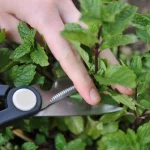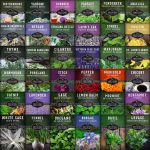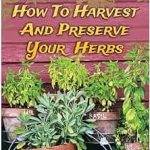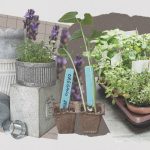When it comes to cooking, there’s nothing quite like fresh herbs. They add flavor, aroma, and color to any dish. But what are the best herbs to grow in your garden? In this guide, we’ll take a look at some of the most popular and easy-to-grow herbs, and provide tips on how to care for • Read More »
Archives: plants
Unlock the Secrets to Abundant Herb Gardens: Find Herb Plants Near You
May 24, 2024 | By admin | No Comments | Filed in: herb garden.Uncover the Secrets of Walmart Herb Plants: A Journey to Flavorful Discoveries
May 21, 2024 | By admin | No Comments | Filed in: herb garden.Walmart is known for its low prices and wide variety of products, and its garden center is no exception. Walmart offers a wide variety of herb plants, both in-store and online, so you can easily find the perfect herbs to add to your garden. Editor’s Note: Walmart herb plants have increased in popularity recently, as • Read More »
Unleash the Secrets of Herb Gardening: Your Ultimate Herb Plants List
May 8, 2024 | By admin | No Comments | Filed in: herb garden.Wondering what herbs to grow in your garden? Herb plants list is a great place to start. Herbs are easy to grow and can add flavor and fragrance to your cooking. They can also be used for medicinal purposes. Editor’s Notes: Herb plants list has published today date. This topic important to read because it • Read More »
Unlock the Herb Garden's Secret: Live Herb Plants Delivered, Unveiled
May 7, 2024 | By admin | No Comments | Filed in: herb garden.Unlock the Secrets of Herb Hunting: A Guide to Finding Fresh Herb Plants Near You
May 5, 2024 | By admin | No Comments | Filed in: herb garden.Searching for “where to buy fresh herb plants near me”? You’ve come to the right place! Editor’s Note: “Where to buy fresh herb plants near me” has never been more important. With the rise of home cooking and gardening, people are increasingly looking for ways to get fresh, healthy ingredients. And what could be better • Read More »





